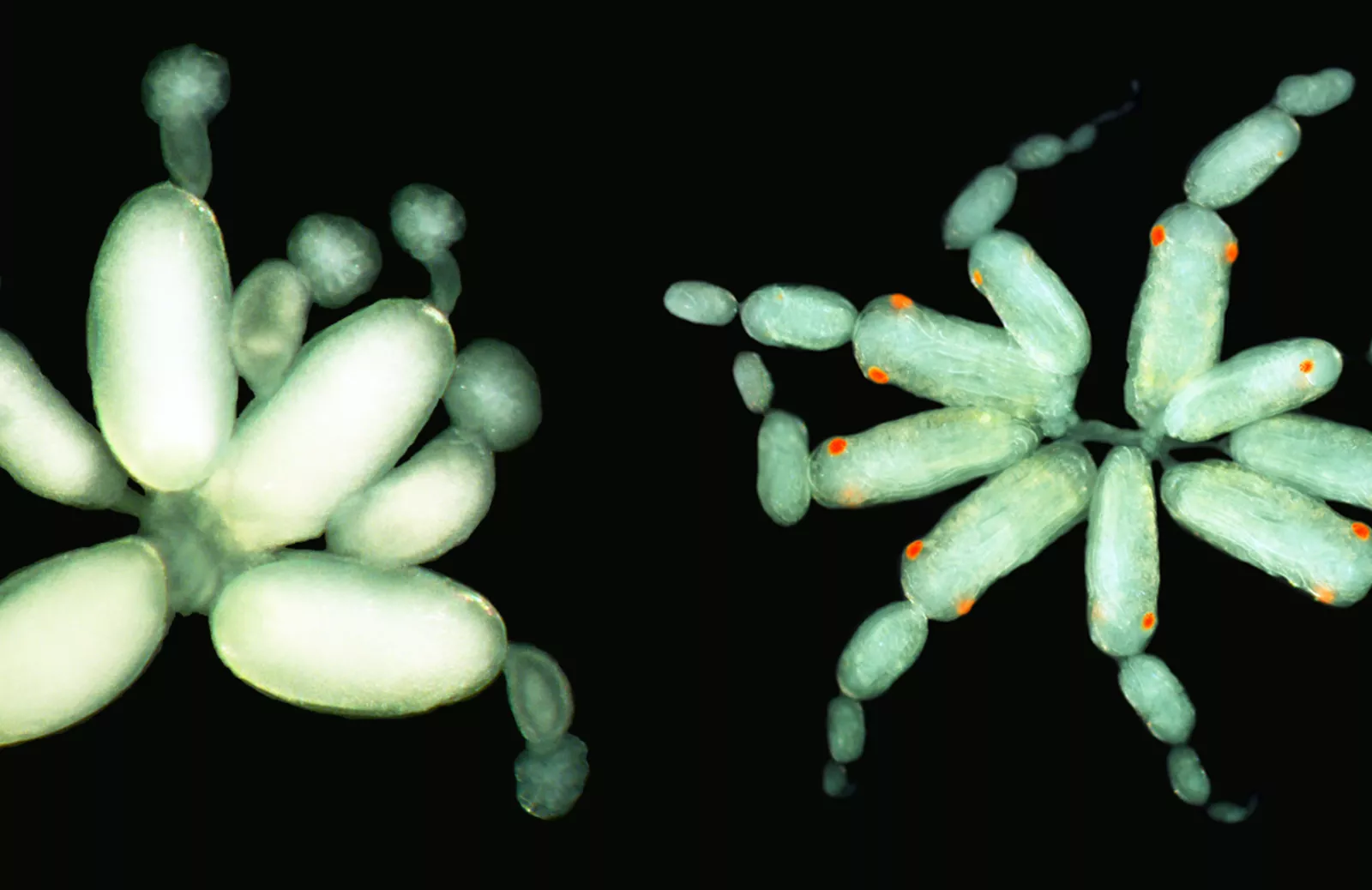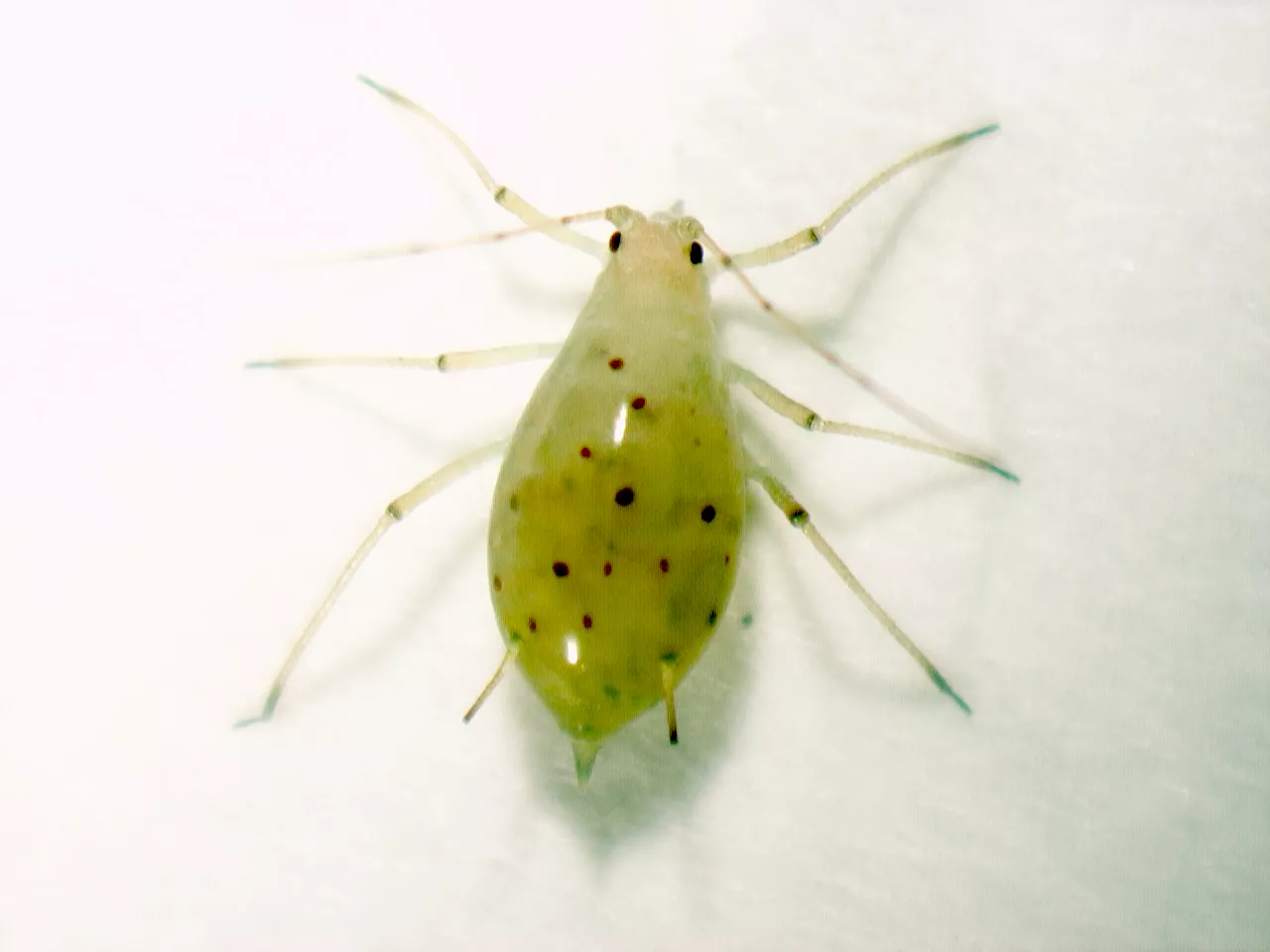
For centuries biologists have marveled at the myriad adaptations of plants and animals. But whence does this adaptation come?
Evolution allows organisms to adapt to their environments over many generations through the familiar process of genetic mutation followed by natural selection. Perhaps less well known is the fact that many organisms can also adapt to changes in their environments within one or two generations, without any change in their genes. Such “plasticity” is typically accomplished when some aspect of the environment influences how individual organisms develop, with the result that adults are better suited to their environments. This greater flexibility allows organisms to adapt to environmental challenges more rapidly than could be accomplished through evolutionary change.
“Although developmental plasticity, when it occurs, is not itself an example of evolution, the ability to respond adaptively to the environment has evolved through the longer process of mutation and selection,” says Bryn Mawr Associate Professor of Biology Greg Davis. “While a fair amount is known about the mechanisms of developmental plasticity, we don’t yet know a lot about how it evolves.”
Davis and his collaborators, Bryn Mawr Assistant Professor of Biology Josh Shapiro and Florida International University Professor of Biology Fernando Noriega, have received a $311,000 grant from the National Science Foundation to fund research aimed at gaining a better understanding of that evolution.
Davis and his students study aphids, which are small insects that reproduce asexually and give live birth during the summer months. This asexual form, however, cannot survive a cold winter. Thus, in the fall, when asexual mothers sense that days are getting shorter, they send a presumably hormonal signal to their embryonic offspring to develop into a sexual form that can lay eggs, which are able to survive the cold temperatures of winter and hatch in the spring.
The researchers will investigate the molecular changes that occur in developing aphid embryos when they switch their development from the asexual to the sexual form. Participants will also investigate aphids from regions with mild winters that are reported to no longer produce the sexual form and do not lay eggs, to try to understand how the response to shorter days has been lost over the course of recent evolution.
The project is based on preliminary data collected by Emily Spica ’15, Gemma Johnson ‘16 and Maho Okumura’16.
“Emily produced the first data in our group demonstrating that reproductive fate could be altered by manipulating insect hormones, Gemma has worked with Professor Shapiro to try to find differences in gene expression between embryos destined to become asexual and sexual, and Maho has explored differences in the sexual response between our New York strain and a strain of aphids from Tucson, Arizona,” explains Davis. “It’s been nice to see the work of different students converge and point the way forward.”
In addition to following up on these results, Davis and his students plan to work closely with Professor Noriega’s lab in Florida to assist with assaying levels of hormones thought to be involved in the switch.
Davis also plans to use the research to expand the traditional notion of scientific training to include opportunities for students to develop the skills needed to achieve broad impacts as scientists.
In particular, he hopes to continue providing students with opportunities to design and bring active investigations of developmental biology to groups that are not typically targets of science outreach efforts. Past groups have included a group of children at The Vanguard School in Malvern and a group of student participants in Adelante, a partnership between Bryn Mawr’s Office of Civic Engagement and ACLAMO in Norristown.
With the assistance of Professors Anne Dalke (English) and Jody Cohen (Education), Davis and his students have also twice staged a series of active learning modules in developmental biology for incarcerated women at the Riverside Correctional Facility in Philadelphia.
“I find that these sorts of outreach efforts put students in the position of having to think hard about how to make accessible the scientific knowledge that they’ve recently gained, which is an increasingly important part of what it means to be a scientist,” says Davis.
